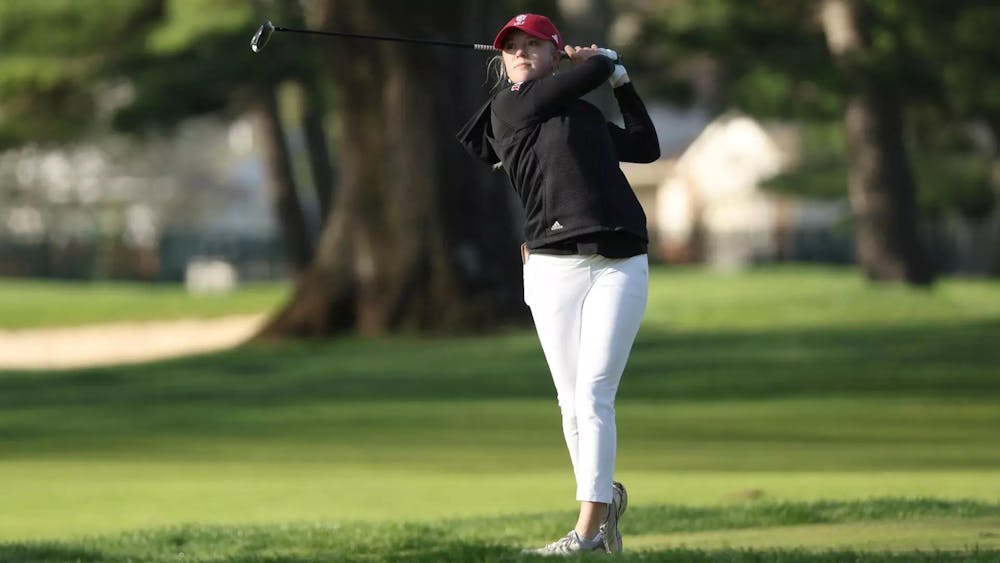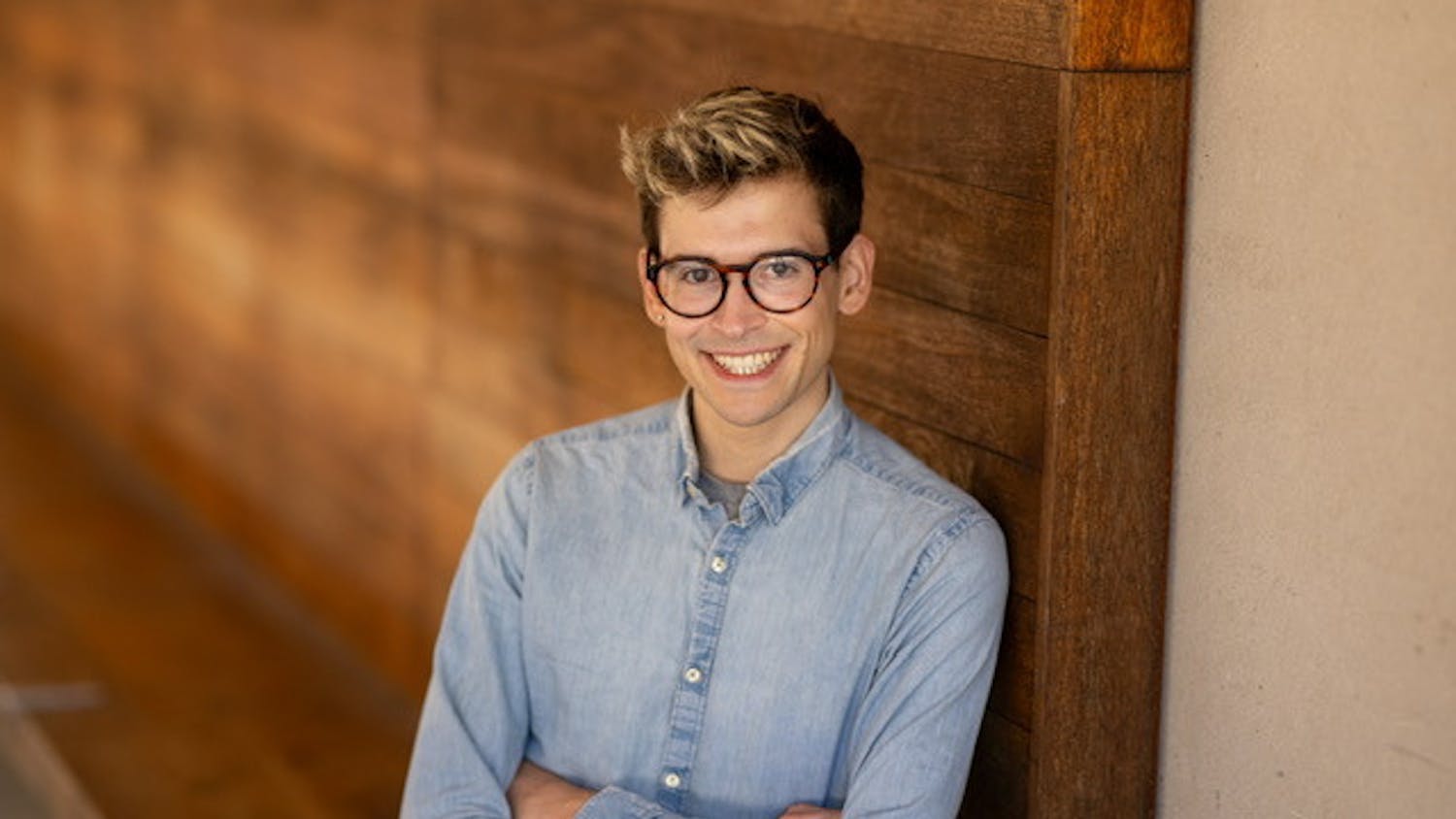Though Muslims have been a part of the United States military since early in its inception, the increasingly tense political climate after Sept. 11, 2001, has pushed Muslim Americans to prove their patriotism and loyalty to the U.S., said author Edward E. Curtis, IV, millennium chair of the liberal arts and professor of religious studies at IU-Purdue University Indianapolis, Wednesday in the Oak Room.
The lecture was the first in a new continuing seminar series, “Islam in the American Public Sphere.”
“It’s a rare opportunity to open up the minds of students,” said professor Asma Afsaruddin, co-director of the new seminar series.
Curtis, basing the lecture on his book “Muslim Americans in the Military: Centuries of Service”, discussed the sometimes-glossed-over history of Muslims serving in the U.S. military since the War of 1812.
He said he tried to give voices to those Muslims, such as Sgt. John Ramsey Omar, who received a Purple Heart for his service in WWII, to more recently Maj. James Ahearn, who converted to Islam for his Iraqi wife and was later killed by a roadside bomb during his third tour, who had affected American history.
The fact that Muslim servicemen are willing to sacrifice their lives for their country should induce a dialogue where people try to learn about the community said Curtis.
Talking only about immigrant Muslims and not the Muslims who were here from the inception of the U.S., contributes to the idea that Muslims are foreign, Afsaruddin said.
As of 2015, there were 5,896 self-reported Muslims which has decreased by almost 2000 in 2016, out of the 2.2 million American servicemen, Curtis said.
About 400,000 service men and women did not report religious affiliation.
This leaves Muslim Americans underrepresented in the U.S. military in respect to the population, though there could be more who do not report their faith.
While IU does not currently have any reported practicing Muslims in Army ROTC, Lt. Col. Todd Burkhardt said in an email, “We are always looking for bright, athletic young men and women regardless of their race, color, ethnicity, religion, or sexual orientation.”
The U.S. military has gotten better about accommodating different faiths by allowing prayer breaks and instituting a military-wide rule on wearing hijabs.
Although he said rank matters at least to some degree when it comes to the degree of freedom people have to express their faith.
“Understanding the long history of their military service, its triumphs and its everyday mundane realities . . . is a necessary step in coming to appreciate Muslim-American armed service members and Muslim-Americans more generally as human,” Curtis said.
Many people think they are at war with not a country but Islam, he said. As long as people think they are at war with Muslims or Islamic culture, Muslim-Americans’ assimilation can’t happen.
“One of my main goals as a scholar of Muslims in America is to show how Muslims have always been a part of the country and to analyze how they have been important to its culture, politics, and society,” said Curtis in an email. “Muslim contributions to the U.S. military are an essential part of that larger story.”
The next lecture in the seminar series takes place April 11.
The discussion will be led by Christopher Bell an associate professor from Duke University and will cover how right-wing anti-Islamic groups have become mainstream.





